7 Secrets To Avoiding The Biggest Problem With Villains
Charlie Jane Anders is the author of Victories Greater Than Death, the first book in a new young-adult trilogy, which came out in April 2021. Up next: Never Say You Can’t Survive, a book about how to use creative writing to get through hard times; and a short story collection called Even Greater Mistakes. Her other books include The City in the Middle of the Night and All the Birds in the Sky. Her fiction and journalism have appeared in the New York Times, the Washington Post, Slate, McSweeney's, Mother Jones, the Boston Review, Tor.com, Tin House, Teen Vogue, Conjunctions, Wired Magazine, and other places. Her TED Talk, "Go Ahead, Dream About the Future" got 700,000 views in its first week. With Annalee Newitz, she co-hosts the podcast Our Opinions Are Correct.
Find Charlie Jane’s first meditation on villains right here.
Hannibal Lecter changed villains forever. People really, really liked all those scenes of Hannibal looking menacing and sinister in captivity in the landmark 1991 film The Silence of the Lambs, and soon everyone was in on the action. If you saw a movie in the 2000s or 2010s, you saw a captive villain. Magneto, the Joker, Khan, whoever the heck that was in Skyfall... everybody got locked up. Oftentimes, we would eventually discover to our horror that, "He wanted to get caught."
Why was the incarceration rate of supervillains so high? Partly, it's a way to build dramatic tension—because it hurts worse when the hero suffers a setback after having achieved a seeming victory. But also, putting the baddie behind bars was a neat and easy solution to a major problem with villains: The more they talk, the less scary they become.
Specifically, a villain who is all talk and no action quickly comes to seem a bit of a joke. Not for nothing did many of us make fun, back in the day, of endless villain monologues—especially the ones where the villain explains their entire plan to a captured hero.
For years, I rolled my eyes a bit at the proliferation of stories where a villain is temporarily nabbed, only to escape after a few twisted conversations. Then I had to create a villain for my young adult trilogy, and found myself confronting the villain problem in all of its thorniness.
Here's the crux of the problem: A truly ruthless evil mastermind won't capture their nemesis—they'll just murder anybody who gets in their way. (There was a very popular meme going around the internet back in the day, listing rules for evil overlords. And a lot of it boiled down to: don't ever give the hero a chance to escape.) If I ever became an arch-fiend, I would shoot first, and then monologue over my foe's dead body. Way fewer interruptions that way, for one thing.
In other words, putting the antagonist in a cell is probably the easiest way to let them chat with the protagonist(s) without heads rolling. The other popular option is to create some rationalization for why the hero's death must be postponed—like, the villain needs the hero alive for some reason. Or the villain wants the hero to witness the ruination of everything first. (Procrastination is bad, people. Highly effective villains never put off till tomorrow the murders they can commit today.)
For most of my fiction-writing career, I avoided writing Capital-V Villains. There was one stray assassin in All the Birds in the Sky, and one character in the City in the Middle of the Night slowly takes a nasty turn. But I generally stuck to the principle that it was more interesting when the all-too-fallible protagonists cause their own problems.
But for the Unstoppable trilogy, which begins with Victories Greater Than Death and continues with Dreams Bigger Than Heartbreak, I really wanted to do a big colorful high stakes space opera, packed with complicated lore and epic struggles against evil. Which meant I needed a proper villain. Enter Thondra Marrant.
Marrant is a truly revolting person. He adheres to a xenophobic hateful ideology, he nurses a lot of grudges—especially when something was actually his fault, but he's decided to blame other people. He delights in killing people in a uniquely cruel and dehumanizing manner, which I won't spoil here, but which comes directly out of my freaking nightmares. He is hell-bent on widespread genocide, every bit as much as the people who built the Death Star in Star Wars.
And... Marrant generally doesn't leave his opponents alive. I quickly found this made him uniquely challenging to write, because if he meets Tina or any of the other heroes of the trilogy, they're going to die and the story is over. I also decided early on that Marrant would be very hard to manipulate. You could try to play on his emotions, get him talking, poke at his regrets—but he would very quickly shake it off, because he's cunning and single-minded.
I wrote exactly zero scenes of Marrant sitting in a cell taunting people, in the entire trilogy. So how did I manage to have enough screen time with Marrant, without killing off my entire cast?
There's a few hacks that I came up with:
1) You can see a villain without being in their presence. Villains can give speeches that are widely broadcast, and they can take part in political schemes where you might see them from a safe distance. Villains can also turn up in flashbacks, visions and nightmares. And one thing I love about space opera is a good old view screen banter fight.
2) Speaking of political schemes, a villain could pretend to be chill and relatively non-threatening, for as long as it takes to achieve their goals and hoodwink everyone. I'm always a big fan of an evil con artist. Even the most ruthless mass-murderer will put the murdering on hold when they're trying to pull a scam.
3) Another thing I'm a big fan of is "sneaking inside the villains lair" sequences. I am a sucker for going into the belly of the beast, with every shadow potentially being an evil hench-person about to attack. There's an intrinsic horror movie creepiness about venturing into the heart of evil, and possibly spying on the baddie in the process.
4) I absolutely buy that a highly effective monster would want to try and recruit some of the heroes to switch sides. Why the heck not? This can be a great way to learn more about the villain’s philosophies and why they believe they're doing the right thing, according to their horribly misguided principles. In Victories, Marrant really thinks he can sway one of Tina's friends, Damini, to join his team, and he makes a pretty strong pitch.
The only thing I don't appreciate is when the villain tries to tell the hero "We're not so different, you and I." Or even, "you and I are the same. " Which just seems... needy. Like, this villain is way too desperate for validation or something. Why can't the villain believe that they're way better than the hero, and that the hero kind of sucks?
5) A villain is often boring because of boring fight scenes. Or boring chase scenes. Or boring confrontations in general. If a fight scene is just an excuse for a lot of stage directions, or a literal blow by blow of a punching match, it quickly grows stale. As Green Bone Saga author Fonda Lee has explained many times, a good fight scene has emotional stakes and helps to tell the story and says something about the characters. You can learn a lot about a villain by watching them try to kill the hero. You can also learn a lot about a villain by watching them fighting to achieve the same goal as the hero, or the opposite goal for that matter. If your action scenes are really character - and plot development scenes, they will make your villain shine— way more than sticking them in a plexiglass cell ever would.
6) Your villain doesn't have to talk like a cartoon villain. When I was revising Victories Greater Than Death, I found a bunch of sequences where Marrant kind of talked like a standard ranty bad guy from an old-timey movie. I got rid of all that stuff, as much as possible, and tried to write Marrant as if he was a real person—albeit, a real person who wants to wipe out everyone that he considers inferior. This made Marrant actually much scarier, to my mind, because he said completely obscene stuff in a very calm and reasonable way. And any time I had Marrant giving a big speech, I would try to whittle it down to just a line or two, because who has time for a long monologue when there are people to murder? I found that if his actions spoke loud enough, he didn't need to natter on at great length.
7) You can mess with a villain, just as much as any hero. This is especially a thing in the sequels to Victories—Marrant goes through the wringer and gets kind of messed up. If the stuff that happens to Marrant in the third book happened to a sympathetic character, you'd feel really bad for them. The main difference? When bad things happen to Marrant, it just plays into his feeling of victimization—because again, he always blames other people for his bad decisions—and stokes his fury at everyone who fails to appreciate his great ideas.
I've been very gratified to hear from a bunch of people who found Marrant pretty scary in Victories, and my hope is that he just gets scarier over the next couple of books. At the very least, I tried hard to make you believe that Marrant could kill anyone, at any time, without letting him actually slaughter the rest of my cast.
Rachael Townsend is the first artist ever to leave Earth and journey out into the galaxy -- but after an encounter with an alien artifact, she can't make art at all.
Elza Monteiro is determined to be the first human to venture inside the Palace of Scented Tears and compete for the chance to become a princess -- except that inside the palace, she finds the last person she ever wanted to see again.
Tina Mains is studying at the Royal Space Academy with her friends, but she's not the badass space hero everyone was expecting.
Soon Rachael is journeying into a dark void, Elza is on a deadly spy mission, and Tina is facing an impossible choice that could change all her friends' lives forever.
Add Dreams Bigger Than Heartbreak to your tbr here. Order it from your local independent bookseller, or order it via Bookshop.org to support independent booksellers throughout the US and the UK. For international shipping, you can try Barnes & Noble. If you prefer audiobooks, here’s a Libro.fm link. You can also request Dreams Bigger Than Heartbreak from your local library — here’s how to get in touch with them. And if you need to order from the Bad River Website, here’s a link that will leverage your order for good.
In the meantime, care for yourself and the people around you. Believe that the world can be better than it is now. Never give up.
—Gailey

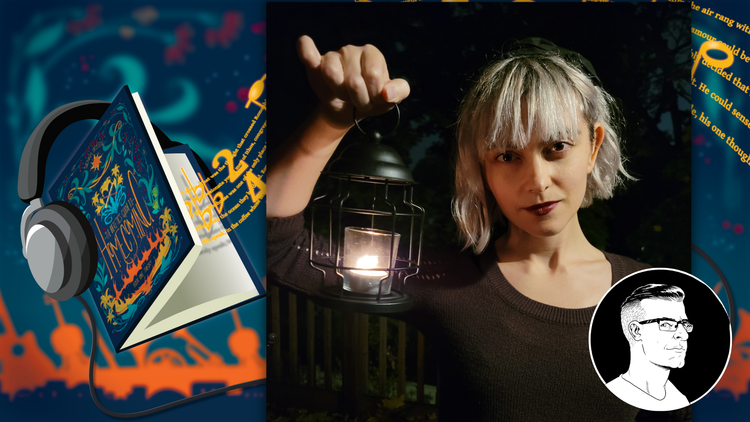
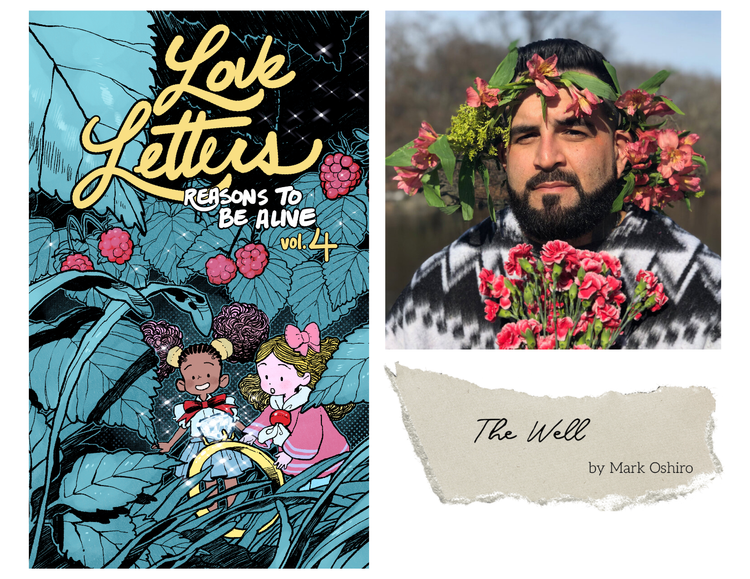
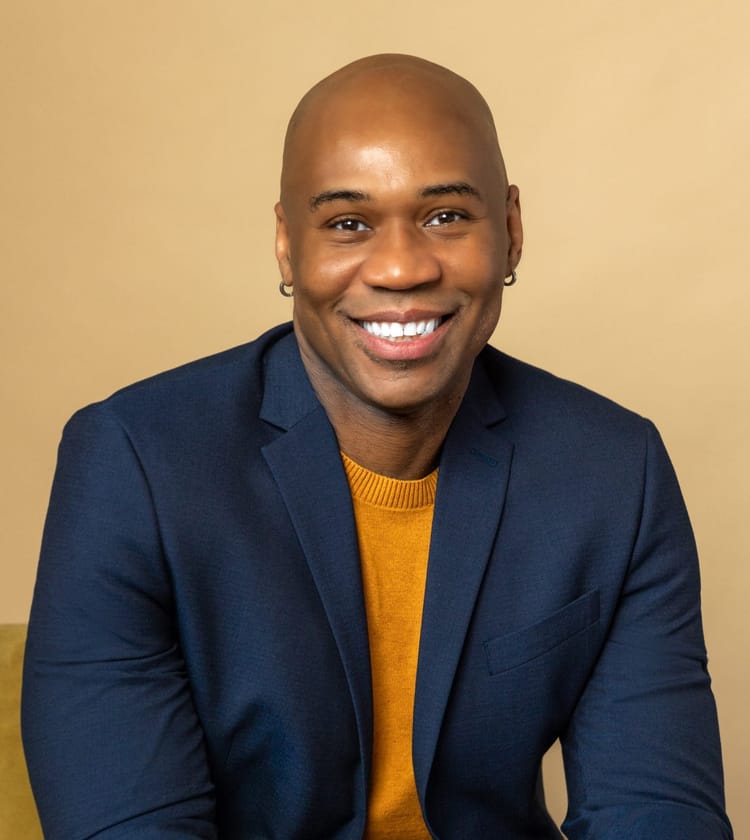
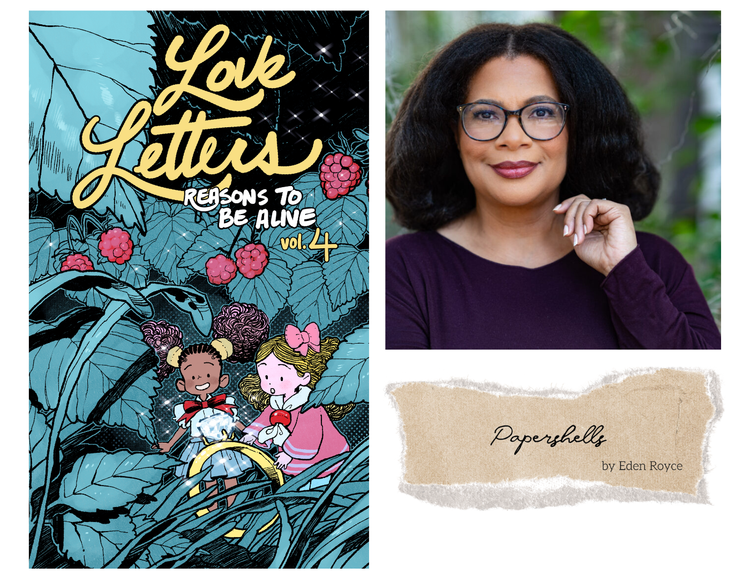
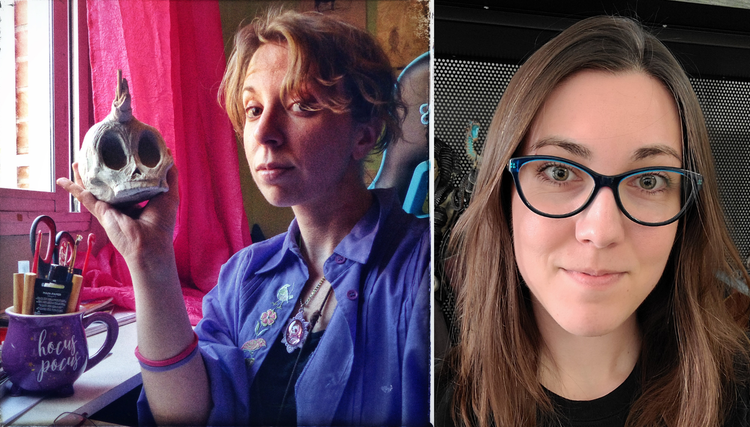
Member discussion